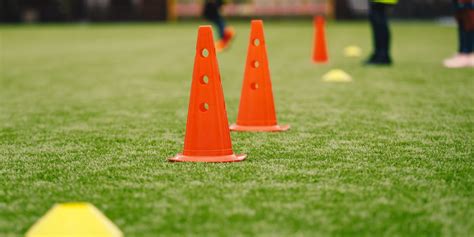How to break strength plateaus for peak muscle growth & performance?

Conquering the Stubborn Strength Plateau
Every dedicated lifter eventually encounters the frustrating wall known as a strength plateau. This is the point where your progress in the gym, whether it’s lifting heavier, performing more reps, or seeing further muscle growth, grinds to a halt. It’s a natural physiological response as your body adapts to stress, but it doesn’t mean your journey ends here. Breaking through these plateaus is crucial for continued muscle development and enhanced performance. It requires a strategic and multi-faceted approach that goes beyond simply trying harder.

Rethink Your Training Strategy
The most common reason for a plateau is a lack of progressive overload or an overly consistent routine that your body has fully adapted to. It’s time to shake things up.
Vary Your Progressive Overload
Progressive overload isn’t just about adding more weight. Consider these variations:
- Increase Volume: Add more sets or reps to your current weight.
- Decrease Rest Times: Shorter rest periods between sets can increase intensity and muscular endurance.
- Improve Form: Perfecting your technique can allow you to lift more effectively and safely.
- Increase Time Under Tension: Slow down the eccentric (lowering) phase of a lift to put more stress on the muscle.
- Frequency: Increase how often you train a specific muscle group, allowing for more practice and stimulus.
Implement Deloads and Periodization
Sometimes, a step back is necessary for two steps forward. A deload week (reducing volume and intensity significantly) allows your body to recover fully and heal. Periodization, which involves structured variations in training intensity and volume over cycles, can prevent overtraining and ensure continuous progress.

Incorporate Variety into Your Routine
Sticking to the same exercises indefinitely can lead to adaptive resistance. Introduce new exercises that target the same muscle groups from different angles. For instance, if you’re stuck on the barbell bench press, try dumbbell presses, incline presses, or even dips. This provides a novel stimulus and challenges your muscles in new ways.

Optimize Recovery and Nutrition
Training breaks down muscle; recovery and nutrition build it back stronger. These are often the most overlooked components when facing a plateau.
Prioritize Sleep and Stress Management
Quality sleep is paramount for muscle repair and hormone regulation (like testosterone and growth hormone). Aim for 7-9 hours per night. Chronic stress elevates cortisol, which can hinder muscle growth and fat loss. Incorporate stress-reduction techniques such as meditation, yoga, or hobbies.

Fuel Your Body for Growth
Ensure your diet supports your training goals. Adequate protein intake (around 1.6-2.2g per kg of body weight) is essential for muscle repair and synthesis. Don’t shy away from carbohydrates; they are your primary energy source for intense workouts. Healthy fats are crucial for hormone production and overall health. Hydration is also key for performance and recovery.
Sharpen Your Mindset and Track Progress
Mental fortitude plays a significant role in pushing past perceived limits. Believe in your ability to improve, and stay consistent even when progress feels slow. Diligently track your workouts, including weight, reps, sets, and even how you felt during the session. This data is invaluable for identifying patterns, making informed adjustments, and celebrating small victories along the way.

Listen to Your Body
While pushing boundaries is important, ignoring persistent pain or signs of overtraining can lead to injury and further setbacks. Pay attention to how your body feels. If you’re constantly fatigued, experiencing joint pain, or struggling with motivation, it might be a signal to adjust your training volume, intensity, or take a short break.
Conclusion
Breaking a strength plateau isn’t about one magic trick; it’s about a holistic approach combining smart training modifications, dedicated recovery, optimal nutrition, and a resilient mindset. By systematically applying these strategies, you can not only overcome your current plateau but also build a more resilient, stronger, and higher-performing physique, ensuring continuous gains in muscle growth and athletic performance.








